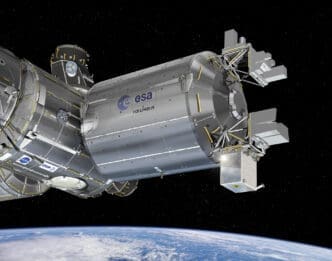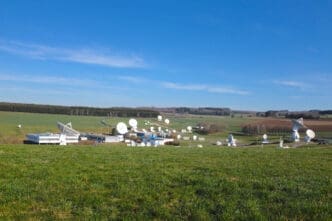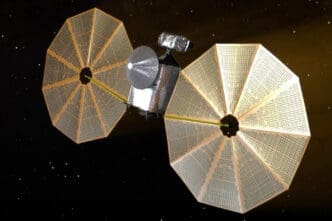NASA offers a unique opportunity for global citizens to contribute to astronomical and earth science research through participatory projects. These initiatives, often termed ‘citizen science,’ allow volunteers from around the world to collaborate on groundbreaking discoveries in space and Earth science.
Citizen science projects at NASA provide a platform for volunteers to engage in significant scientific research. These projects, numbering 31, invite participants regardless of their location or citizenship status. Such initiatives have historically facilitated numerous important scientific breakthroughs. Volunteers work on tasks ranging from tracing cloud formations on Mars to examining radio signals for signs of extraterrestrial intelligence.
One of the projects, Cloudspotting on Mars, involves identifying cloud shapes in Martian atmospheric images. Participants can engage in this activity using their smartphones or laptops. Similarly, the Exoasteroids project invites volunteers to study space telescope images for white dwarfs consuming asteroids, again accessible with smartphones or laptops.
Projects like Eclipsing Binary Patrol require volunteers to sift through space telescope data to identify rare stellar pairs. Active Asteroids encourages the inspection of images to locate comet-like objects hidden within the asteroid belt, all possible with a smartphone or laptop.
The endeavor to answer the age-old question, ‘Are we alone in the universe?’ is supported by examining radio signals. Volunteers assist in the search for intelligent life beyond Earth using readily available technology like smartphones or laptops.
Backyard Worlds: Planet 9 engages citizen scientists in searching for new planets and nearby stars beyond Neptune. In pursuit of understanding the universe’s mysteries, Dark Energy Explorers focuses on uncovering the enigmatic force separating galaxies.
In the field of Earth science, projects such as GLOBE Observer allow participants to choose from a variety of studies to help scientists understand the planet better. Kid-friendly options, like International Astronomical Search Collaboration, bring educational opportunities to schools and communities by involving them in asteroid searches.
These projects underscore the significance of citizen participation in advancing our understanding of the universe and our planet. As NASA continues to explore the unknown, it opens doors for everyday individuals to contribute actively to science, whether it’s through complex calculations or simple observations from one’s backyard.
Through these projects, NASA encourages a collaborative approach to scientific exploration. By involving volunteers globally, it not only expands the scope of research but also democratizes scientific discovery, allowing everyone to be a part of something larger than themselves.
Source: Science.Nasa







